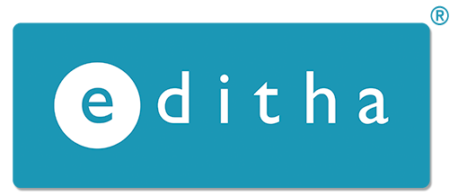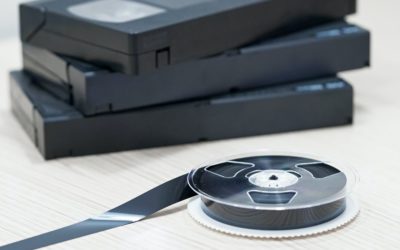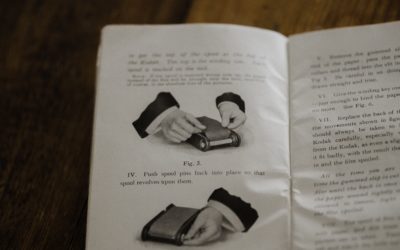Working in the documentation field means having to deal with an ever-increasing amount of new contents every day.
One of the most difficult aspects in creating new content is the awareness that similar content probably already exists, therefore each document is already competing to be the most consulted when it is published. Those who work in the communication sector are often advised to find their own tone of voice in order to stand out from the multitude of written texts.
This is however not true for technical communication. Here in Editha we don’t see tone of voice as a key aspect in our authoring process: our major aim is to establish a good and effective communication to avoid any possible misunderstanding. This means that our language is clear, without frills to avoid any ambiguity and allow the reader to get the exact meaning of the text. How do we approach to technical writing?
Good communication
Good communication is at the core of our business. Whether we are dealing with DTP projects in languages that we do not speak, with a user manual or a post on our blog, we always keep in mind that our main goal is to communicate clearly.
This means that we adapt our register to the text format and to the target reader we are addressing, making sure that our texts speak for us and not of us.
The constant in our communication is our set of values. It allows us to make our texts consistent even when our communication needs are different. Our texts want to put all the knowledge we have acquired over the years at the reader’s service.
For the authoring process we have chosen to rely completely on a series of trainers and collaborators who share our mission: a clear and effective technical communication, focused on the end user and free of unnecessary jargon.
We avoid stylistic virtuosity in our internal communication as well, instead of hiding the true meaning of our texts behind captivating calls to action, and this results in documents that are short, clear, and packed with information.
Ctrl+c, Ctrl+v
While it is not easy to create good contents, unfortunately it is very easy to copy them without a second thought. Blogs, social media, newsletters are contexts in which business communication is not yet sufficiently regulated as far as the sharing of content is concerned. Therefore, it may happen that someone reproduces passages of your texts, without attribution.
Our blog is recent but it’s growing fast and we decided that it would be one of the key points of our refreshed website right from the start. As we have already mentioned, sharing is caring in Editha because this is how we been able to develop our company knowledge and resources and to structure and improve our work, while increasing our personal and professional satisfaction as that of our customers.
This is the reason why we have extended these shared resources outside the Editha’s team: we want to compare our own knowledge with that of others to promote also our own continuous learning.
It is easy to copy and paste a text found in our blog, but we know how difficult it is to create that text. It is not just a matter of creating it, but also to look for sources and validation, being ready to reconsider our ideas on set procedures when someone offers us a different point of view. Writing means doing it well first of all.
To give you an example, our article on accessibility in technical writing is one of the most read on our blog, although it is one of latest added to it. That article increased our awareness that we are not the only type of user and that it is our responsibility, as communicators, to make communication as inclusive as possible.
For that article we could have recycled a list of already known best practices, perhaps translate some unknown article from another language, but we have chosen to think about our own experience instead, in order to create a text that could be used as a guide both by us and by the whole technical communication sector.
Our values, our expertise, our poetry and our willingness to always improve ourselves cannot be copied and pasted.
© Editha S.r.l. – This post and its content are copyright of © Editha S.r.l. 2022. All rights reserved.





0 Comments